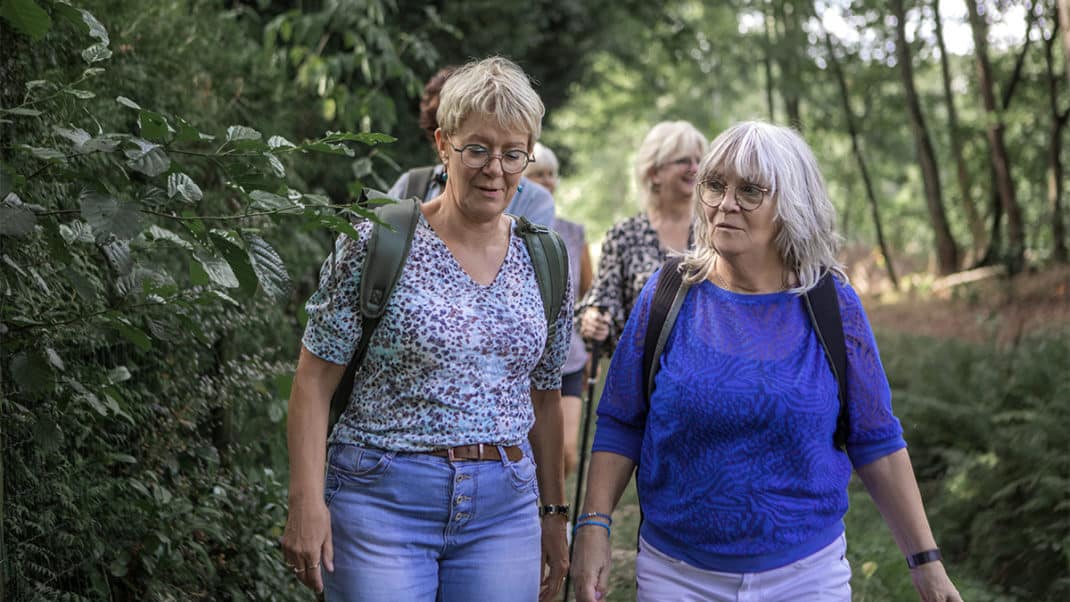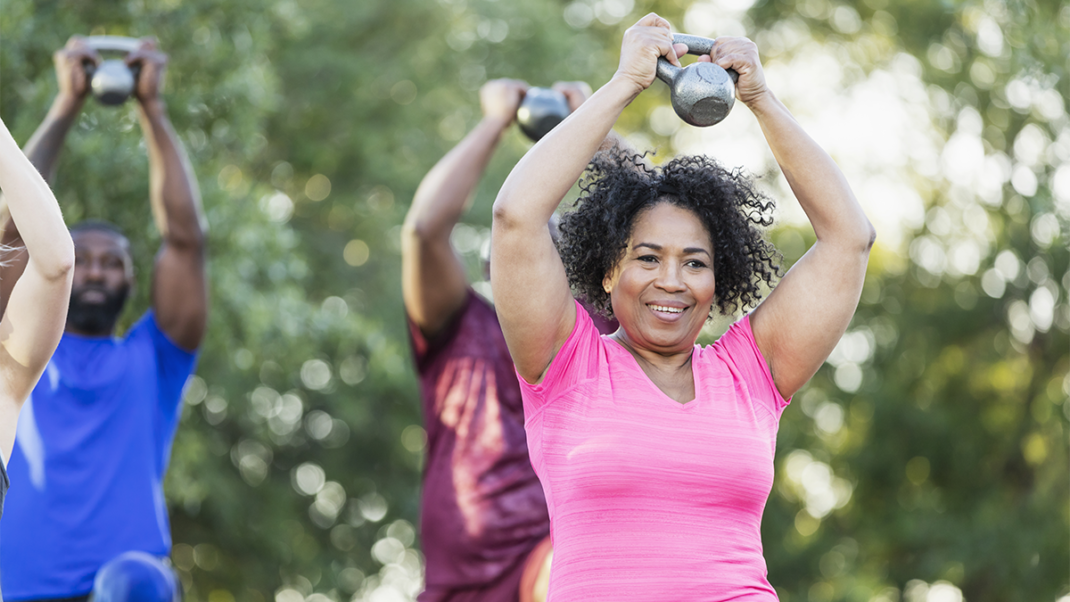What Yoga Research Shows
Do you practice yoga? Did you know that despite the challenges of researching the health benefits of yoga, many good-quality studies are beginning to emerge, and the results are interesting. Lee Lipton, MA, PA-C, a yoga teacher and instructor trainer for over 15 years, describes selected studies and what they mean.
Back Pain
Can a regular yoga practice help prevent or treat back pain? A randomized controlled trial involving 101 patients with chronic low-back pain compared 12 weeks of viniyoga practice with conventional back exercise classes. Both of these groups were compared with patients who were given a self-help book. An instructor taught a weekly 75-minute viniyoga practice for the yoga treatment group, who also received handouts and an audio CD guide for home practice. At the end of the 12 weeks, the viniyoga group showed more improvement in back function than both the traditional exercise group and the group who received the self-help book (Sherman et al. 2005).
The Take-Home Message. A regular practice of specific viniyoga poses has been shown to improve some symptoms of back pain. If you have been diagnosed with routine back strain, practice yoga gently and don’t attempt poses that require extreme twisting or vigorous spinal extension, as these can put a lot of strain on the spinal disks and nerve roots. Severe or constant back pain should be evaluated by your physician.
Carpal Tunnel Syndrome
Is yoga an effective therapy for this common problem? Researchers reviewed 21 separate trials that evaluated the clinical outcome of nonsurgical treatments for carpal tunnel syndrome. After 8 weeks of yoga, participants reported significantly reduced pain compared with other participants who wore wrist splints (O’Connor, Marshall & Massy-Westropp 2003). The researchers concluded that yoga provided a “significant short-term benefit” for people with carpal tunnel syndrome.
The Take-Home Message. A regular practice of specific yoga poses with a focus on the upper body has been shown to improve some symptoms of carpal tunnel syndrome. If you suffer from carpal tunnel syndrome, you may modify yoga poses and hand positions as needed to minimize wrist strain. Ask your instructor for guidance.
Osteoarthritis
Could yoga be a good exercise option for individuals with osteoarthritis (OA)? In one pilot study, 11 deconditioned subjects who had been clinically diagnosed with OA in the knee experienced some relief from symptoms once they started an Iyengar yoga program. After eight weekly sessions of a modified Iyengar yoga class, all of the subjects showed a reduction in symptoms of knee pain and stiffness (Kolasinski et al. 2005).
The Take-Home Message. Although this was a small study, the results suggest that yoga may help relieve some common symptoms of OA. If you have OA, you may need to modify certain yoga poses by using props such as blocks, blankets or a yoga strap.





